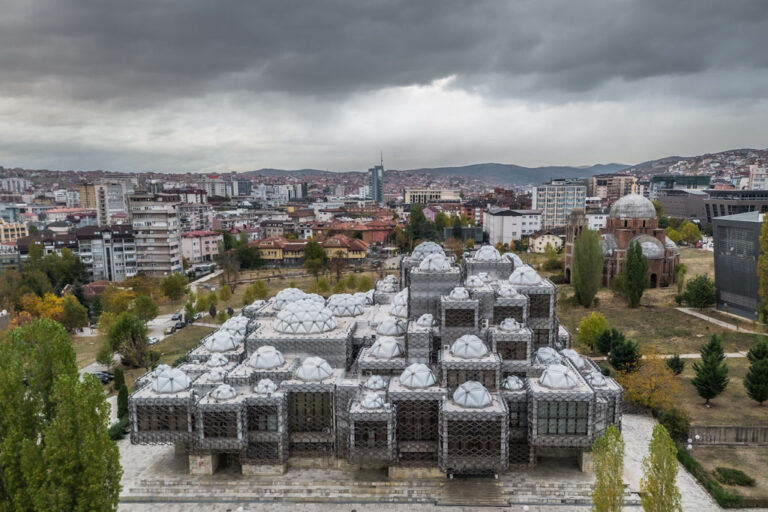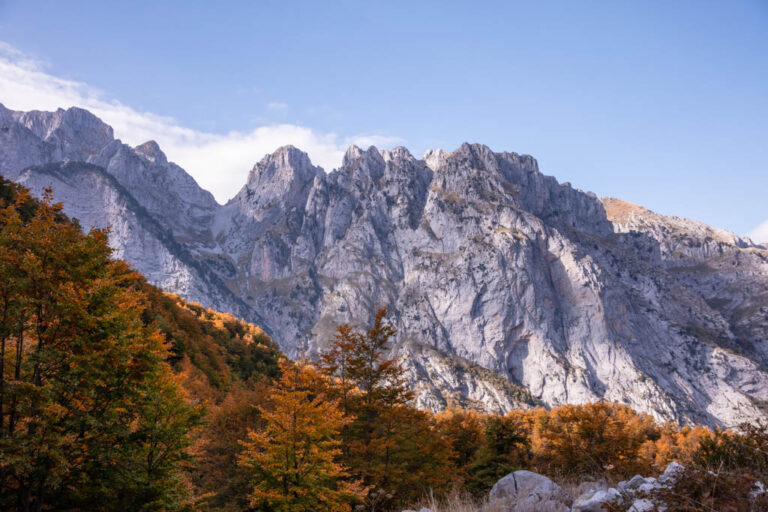
Visiting Pristina, Kosovo’s Capital City
Visiting Pristina, Kosovo’s Capital City was originally published in 2024
Pristina, Europe’s newest capital city sits cradled in the heart of the Balkans, welcoming travelers with its rich tapestry of history, cafe culture, and eclectic architecture.
I had always been curious about Kosovo and the greater Balkans region after spending my childhood watching newscasts covering the Siege of Sarajevo, the 1999 NATO-backed bombings of Belgrade (fun fact: I did a current event report on it as it was happening in 6th grade), and finally in February 2008, Kosovo’s long-awaited independence.
Only three years after independence, I arrived in Pristina in 2011 for my first visit to the city. Kosovo was as rough around the edges as I had imagined and I absolutely loved it.
I had the opportunity to return most recently in 2023 as I trekked the Peaks of the Balkans Trail, and then unexpectedly back to Pristina a few weeks after completing the trek, owing to a foiled trip to Lebanon.
Pristina has grown up a bit since the first time I visited 12 years prior, but I still had an absolute blast this time back, hopping from cafe to cafe, walking around the different sites, and making some fun day trips from the city.
So after multiple visits over the years, you’ll find everything you need to know to plan your own trip to Pristina, Kosovo.
Need Travel Insurance and Evacuation Services for ?
Start shopping for travel insurance plans over at IATI Insurance. Readers of the Adventures of Nicole get a 5% discount off your plan.
The Adventures of Nicole partners with Global Rescue to offer the world’s leading medical evacuation and security advisory services. To travel with peace of mind, shop evacuation coverage at Global Rescue.
Getting to Pristina
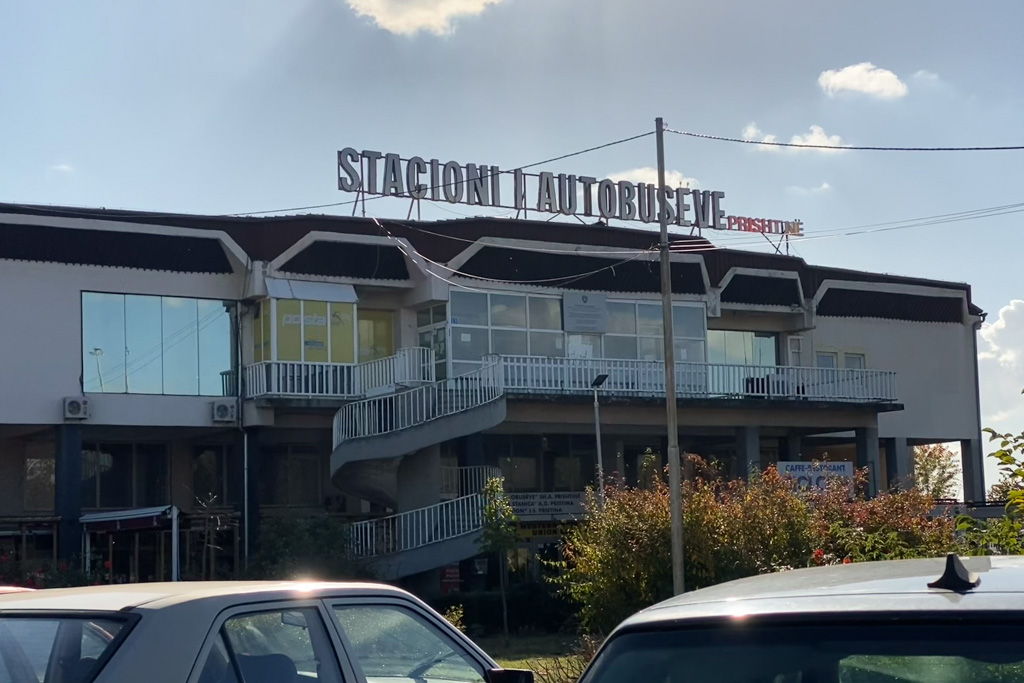
By air: Pristina International Airport is about 20 minutes by car from the middle of the city. Several airlines fly to Pristina, including some budget carriers such as EasyJet and Wizz Air.
By bus: Buses are the main form of transport around Kosovo, connecting cities and towns around the country with Pristina, as well as international buses to and from neighboring nations. I’ve taken buses to and from Kosovo, several times, including both Montenegro and Macedonia.
Do note that because Serbia still doesn’t recognize Kosovo’s sovereignty, it’s best to visit Serbia before going to Kosovo to avoid problems with police due to entry and exit stamps. Also, those with Albanian-sounding surnames will have issues too- my friends who are Albanian ethnically but have lived in the US their entire lives were held up by Serbian police on multiple occasions and for several hours.
Getting Around Pristina
Pristina is pretty walkable, so I’ve honestly always visited all the sites in the city on foot. That said, for things just outside of Pristina the best way to reach them is either by taxi or by bus.
Where to Stay in Pristina
On my most recent visit to Pristina, I stayed at City Park Hostel and found it to be conveniently located with a lovely family who ran it.
Another good budget option is Prishtina Center Hostel, located smack in the middle of the city.
For those looking for something a bit more luxurious, the Swiss Diamond Hotel Prishtina is a great option sitting right on MT Boulevard.
Things to Do in Pristina
Newborn Monument
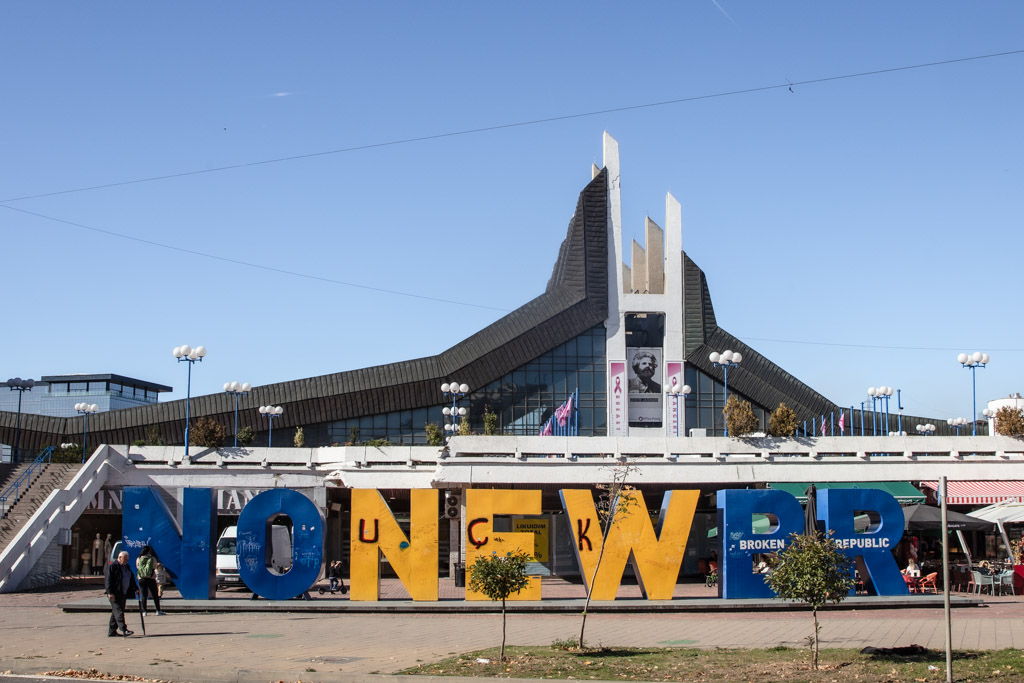
Probably Pristina’s most famous destination is the Newborn Monument.
The Newborn Monument stands as a testament to Kosovo’s declaration of independence from Serbia in 2008, erected on the very day of this historic event.
Each year, the Newborn Monument will change a bit whether it’s new murals painted on it, letters being laid over flat, or other spins on it.
National University Library of Kosovo

In the ranks as one of Europe’s and the world’s ugliest buildings, the National University Library of Kosovo is unique, to say the least.
Love it or hate it, the library remains a notable attraction in Pristina, drawing visitors with its intriguing Brutalist-meets-modernist architecture.
Nobody is quite sure of the meaning behind the features of the design, but architect Andrija Mutnjaković who designed the National Library of Kosovo stated that it blends Byzantine and Islamic architectural influences.
Of course, people speculate about its design, with theories suggesting that the white domes mirror the plisi- the traditional Albanian men’s hat.
Additionally, the library holds historical significance, serving as a refuge for Bosnian and Croatian refugees during the dissolution of Yugoslavia, and later as a Serbian headquarters during the Kosovan War.
Myself? I quite like the odd architecture of the National University Library of Kosovo. Then again, I do love brutalist architecture, so I may be a bit biased.
MT Boulevard & Mother Teresa Statue
Mother Teresa Boulevard is a bustling pedestrianized thoroughfare in Pristina, home to cafes, grills, restaurants, shops, and more.
Along the boulevard, you’ll find the bronze statue of Mother Teresa, which pays tribute to the Nobel Peace Prize laureate.
Bill Clinton Boulevard & Statue
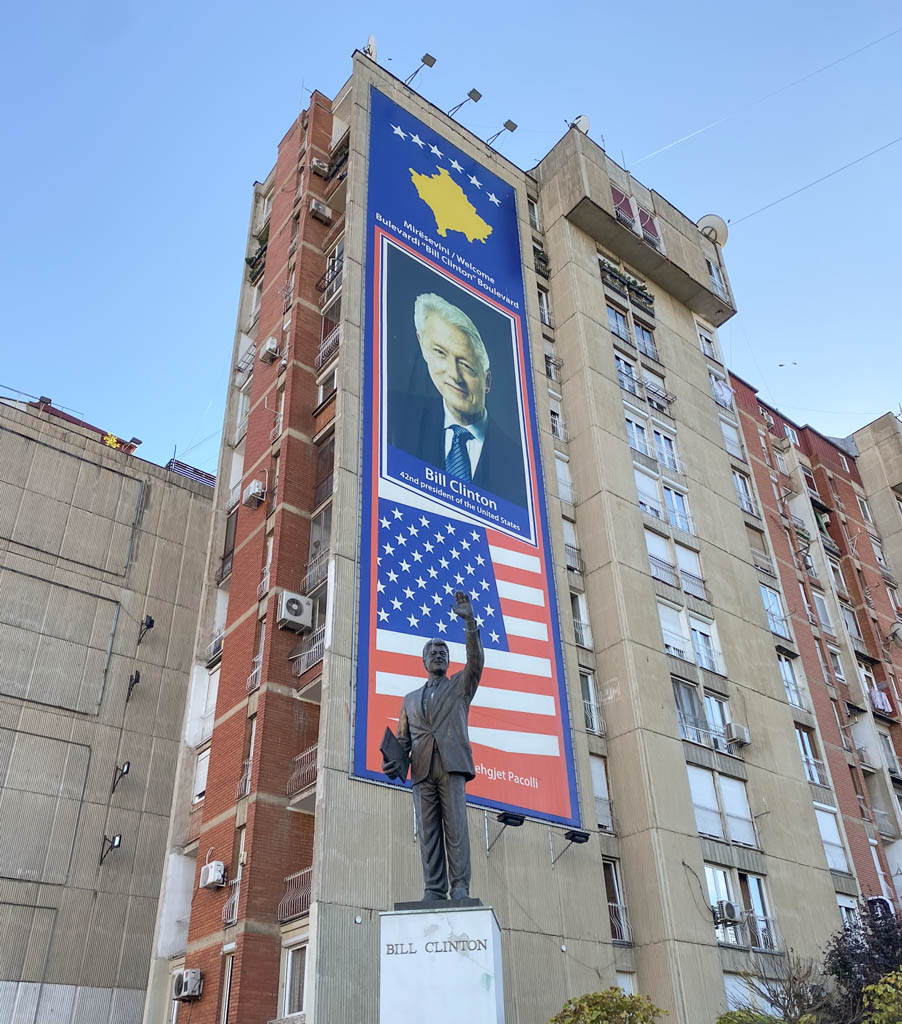
Kosovo has a special affinity toward the 42nd US president, Bill Clinton.
Constructed as a gesture of appreciation to the US for their assistance in the war against Serbia, Bill Clinton Boulevard symbolizes Kosovan gratitude for achieving independence.
Sat along Bill Clinton Boulevard is the Bill Clinton Statue, flanked by brick apartment blocks, one of which is adorned with a giant portrait of him.
Just next to the statue and mural is the Hillary clothing store with an array of pantsuits on display.

Skanderbeg Square
Following the conclusion of the Kosovo conflict in 1999, Albanians in Kosovo constructed a monument to honor Gjergj Kastrioti, famously known as Skanderbeg.
Skanderbeg was an Albanian military commander in the 15th century, who led a rebellion against Ottoman rule.
Pristina Bazaar
Dating back to the 15th century, the expansive Pristina Bazaar winds through the old town’s cobbled streets offering an array of fruits, vegetables, electronics, utensils, clothing, souvenirs, and everything in between.
Despite suffering significant destruction in the 1950s and 1960s following the communist modernization slogan of “Destroy the old, build the new”, the bazaar is still buzzing. Only a handful of historical structures, such as the Bazaar Mosque and remnants of the Bazaar Hammam remain.
Museums
Emin Gjiku Ethnographic Museum
Lodged in an old house on stilts, the Emin Gjiku Ethnographic Museum offers a glimpse into traditional Kosovan life. Stepping inside feels akin to entering a preserved ancestral home from centuries past, with period furniture and authentic Kosovan folk attire on display.
Entrance to the Emin Gjiku Ethnographic Museum is free and includes a guided tour.
Museum of Kosovo
For a comprehensive overview of Kosovo’s history, spanning from prehistoric times to its declaration of independence in 2008, the Kosovo Museum is worth a visit. It offers insights into the nation’s past, albeit with some exhibits currently under construction.
Entrance to the museum is free, making it an ideal option for budget-conscious travelers with an hour to spare. However, the museum does accept donations.
One of the museum’s highlights is the world’s largest staple mural, featuring an astounding 1.5 million staples intricately arranged to depict the visage of Mother Teresa.
Religious Sites
Cathedral of Blessed Mother Teresa & Bell Tower
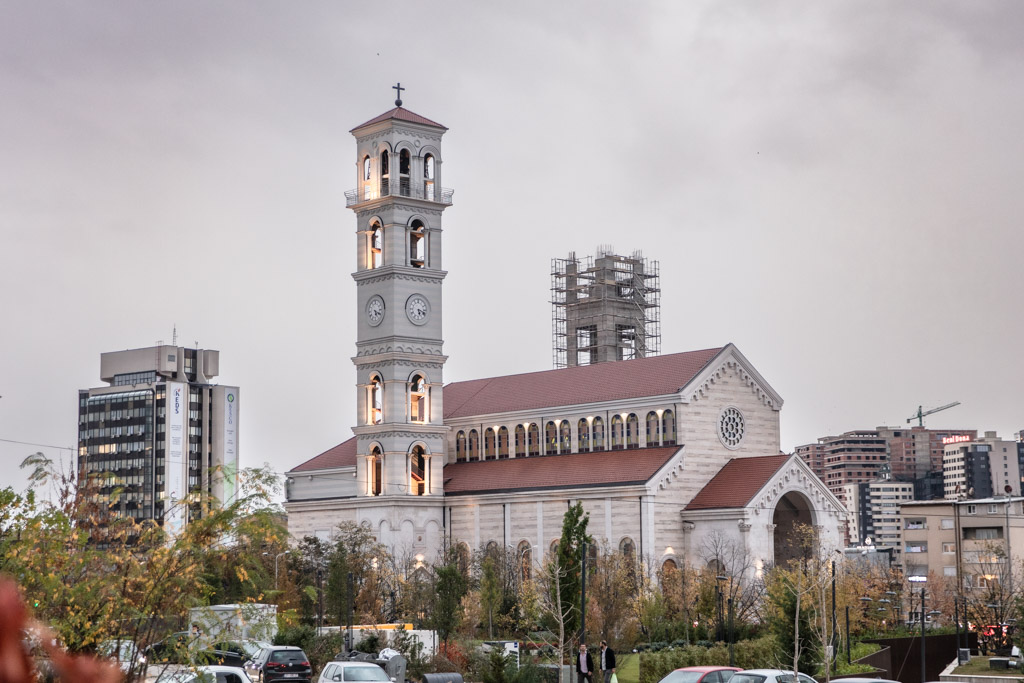
One of Pristina’s most recognized landmarks is the Mother Teresa Cathedral, named after the renowned nurse of Albanian descent who was born in Skopje, Macedonia in 1910.
With over 90% of Kosovo’s population identifying as ethnically Albanian, Mother Teresa holds a revered status in the country, evidenced by the dedicated square, statue, and boulevard in her honor.
For picture-perfect aerial views over Pristina, ascending the tallest vantage point in the city- the Bell Tower at Mother Teresa Cathedral is a must in Pristina.
Visitors can access the top via an elevator for €1.50. Once at the summit, wander around the tower to absorb panoramic 360-degree views of the city and surrounding countryside.
Xhamia e Mbretit
Xhamia e Mbretit, also known as the King’s Mosque or the Imperial Mosque, is an Ottoman mosque nestled in Pristina’s Old Town.
Constructed in 1461 under Sultan Mehmed the Conqueror, Xhamia e Mbretit is among Eastern Europe’s most important pieces of Islamic architecture.
Non-Muslims are allowed inside provided they are dressed appropriately (full-length trousers/skirts, hair coverings for women).
Çarshi Mosque

Çarshi Mosque also referred to as the Bazaar Mosque and the Taş Mosque (Stone Mosque), is the oldest structure in Pristina, Kosovo, serving as a landmark at the entrance of the old town.
The foundation of Çarshi Mosque was laid in 1389 during the rule of Ottoman Sultan Bayezid I, with construction continuing under Sultan Murad II in the 15th century, commemorating the Ottoman victory in the Battle of Kosovo in 1389.
Throughout its history, the Çarshi Mosque has undergone several renovations, yet its stone-capped minaret has endured for over six centuries, earning it the moniker of the Taş Mosque, or the Stone Mosque.
Christ the Saviour Orthodox Cathedral

The Christ the Saviour Orthodox Cathedral has sat unfinished since its construction began in 1992. The church itself is a bit political with Serbia forcefully initiating the construction at a time when ethnic Albanians were being oppressed and expelled from universities and Serbian nationalism was on the rise.
The future of the Christ the Saviour Orthodox Cathedral is uncertain following Serbia’s withdrawal from Kosovo.
Përmendorja Statue
Situated in the heart of the city, the Përmendorja statue serves as a tribute to the soldiers who perished during the Liberation Struggle in World War II. Originally crafted in grey like many other statues, it has recently been painted in a striking purple hue, undoubtedly catching the eye, albeit appearing somewhat unconventional.
Heroinat Memorial

Across the street from the Newborn Monument lies the Heroinat Memorial, a contemporary piece honoring women who endured suffering during the War an unconventional piece resembling contemporary art, yet it serves as a memorial honoring women who sexual violence during the Kosovo War. As the Newborn Monument currently features images celebrating women, these two installations collaborate to commemorate, educate, and shed light on recent, somber narratives.
The Heroinat Memorial is comprised of 20,000 pins, each one symbolizing women who survived sexual brutality inflicted by Serbian soldiers.
National Gallery
Established in conjunction with the University of Pristina’s Faculty of Arts, the National Gallery centers on the narrative of Kosovo’s quest for independence, featuring compelling photography and artwork.
Entry to the National Gallery is free.
Milos Obilic Statue
Milos Obilic was a prominent figure from the 14th century renowned for his pivotal role in the Battle of Kosovo, and particularly for his assassination of the Ottoman Sultan.
Pristina Spomenik
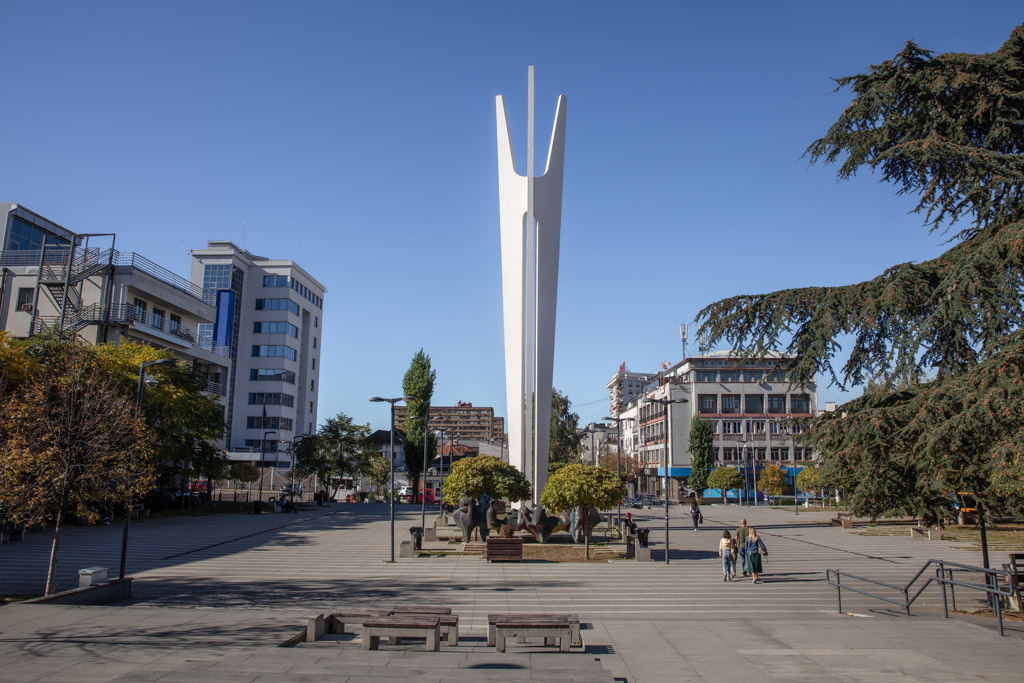
The Pristina Spomenik is a great example of Yugoslav architecture dating back to the 1960s, symbolizing unity and brotherhood. The obelisk-like structure commemorates the fallen soldiers of WWII from the region.
Old Clock Tower
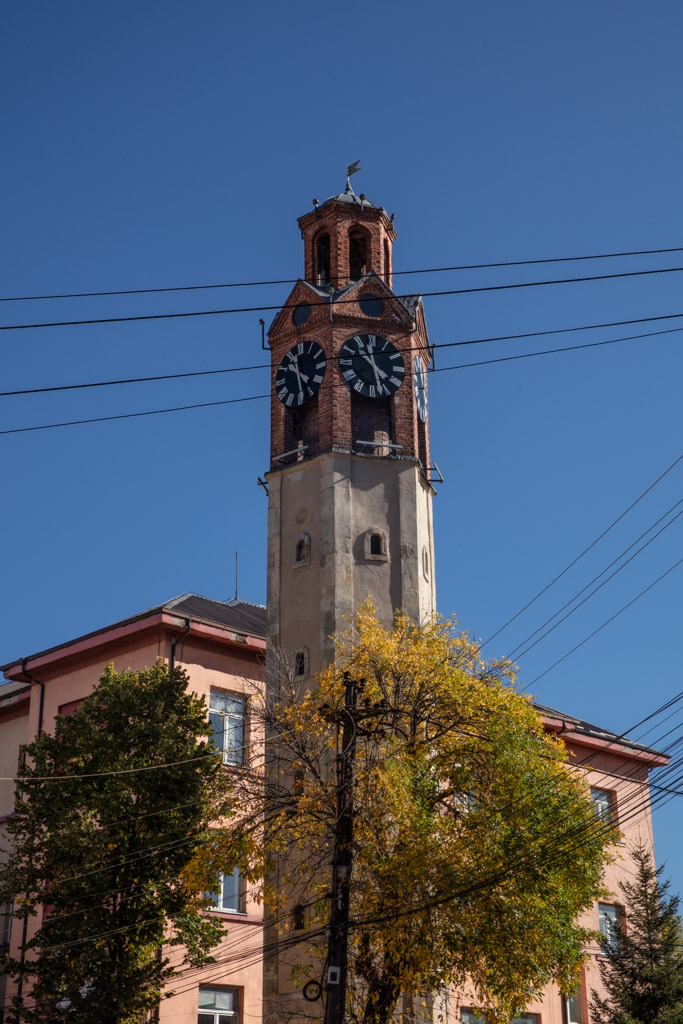
Sahatkulla, or the Old Clock Tower was built in the 19th century by Jashar Pasha. It served to signal prayer times and shop closures during the Ottoman Empire’s rule.
Best Restaurants in Pristina
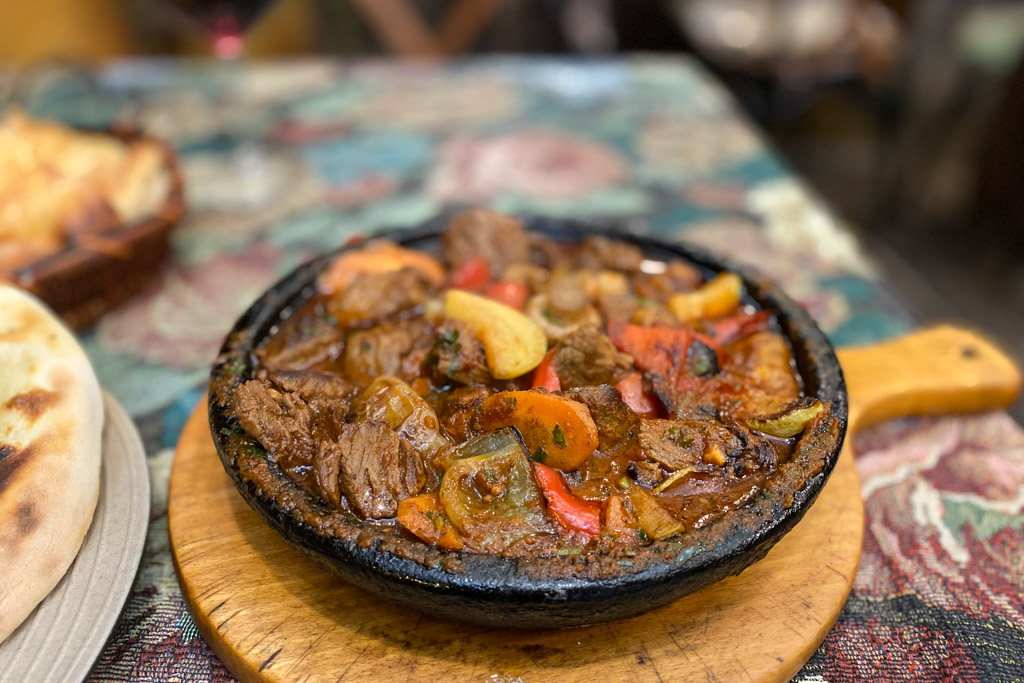
Liburnia
Liburnia is one of the best restaurants in Pristina for those who want to dive into some traditional Kosovon cuisine. It’s located inside a historic Ottoman-era house filled with vintage furniture and decor.
Soma Book Station
Likely Pristina’s most picturesque café, Soma Book Cafe features shelves lined with books and a charming garden vibe. In addition to coffee, Soma also serves up food and in the evening transitions more into a bar.
Shaban Grill
Shaban Grill is located on MT Boulevard and is one of the best places in Pristina to head for cheap grilled meat dishes.
Shpija e Vjeter
Shpija e Vjeter serves some of the best Pristina has to offer and is a popular favorite among travelers and locals alike. Serving up an array of traditional Kosovon dishes including kofte, peppers in yogurt and cheese, as well as sandwiches, pizzas, pasta, and burgers.
Prince Coffee
Prince Coffee is a local chain found throughout Kosovo’s cities. They serve up great coffee and usually, they have interesting and nice interiors and outdoor seating.
Day Trips from Pristina
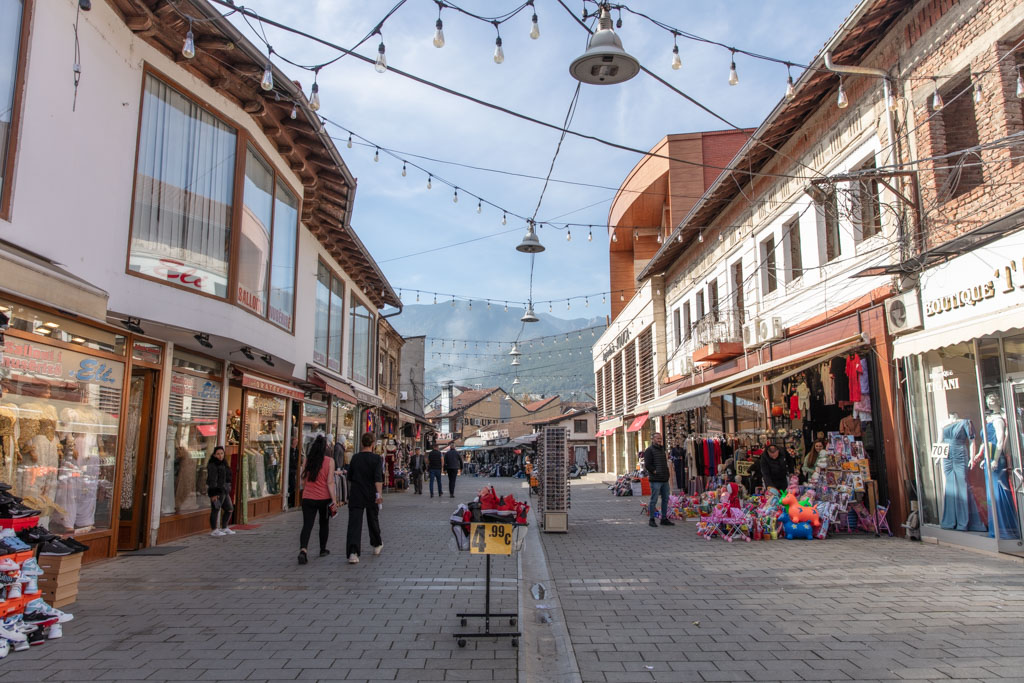
Grančanica Monastery
Constructed during the final years of King Milutin Nemanjic’s reign, the Gračanica Monastery was completed in 1321. Despite enduring damage from various attacks over the centuries, the monastery has persevered, which is fortunate considering its breathtaking interior.
Gračanica Monastery is an easy trip from Pristina at only 20 minutes away. Hop on a Gjilan-bound bus for less than 1€ each way and hop off at the village of Gračanica.
Gadime Cave
Discovered in 1966 by a villager named Ahmet Asllani while tending to his garden, Gadime Cave, also known as the Marble Cave in the village of Theime e Ulët, is a karst limestone cave dating back to the Mesozoic era.
The cave is riddled with marble stalactite and stalagmite formations and a colorful ceiling and floor.
To reach Gadime, board a minibus from Pristina bound for Ferizaj and ask the driver to stop at Gadime.
Batlava Lake
Batlava Lake sits only 45 minutes away from Pristina and is a perfect day trip for those wanting to bask in the sun and get out of the city.
Pejë
Pejë is a lovely little city near the Montenegrin border that you can easily visit on a day trip from Pristina. That said, the most beautiful sites in the area are actually located outside Pejë, owing to its close proximity to the Rugova Gorge and the famed Accursed Mountains.
Those who want to fully explore Pejë and its surroundings should consider having their own transport or arranging/joining an organized trip in order to reach the nature outside the city.
If you do go to Pejë by public transport, there are frequent buses between Pristina and Pejë that depart from the main Pristina Bus Station.
Prizren
Prizren is another pleasant city to add to your Kosovo itinerary. There may not be an abundance of activities in Prizren, but it’s still a nice place to stroll the waterfront and enjoy cafe-hopping.
Those who plan to visit both Pristina and Skopje, Macedonia might want to consider a stopover in Prizren.
Frequent buses depart the Pristina Bus Station for Prizren each day.
Gjakova
Much like Prizren, there aren’t heaps of things to do in Gjakova but it’s a lovely small city to explore for a day strolling along the riverfront and exploring the old bazaar area.
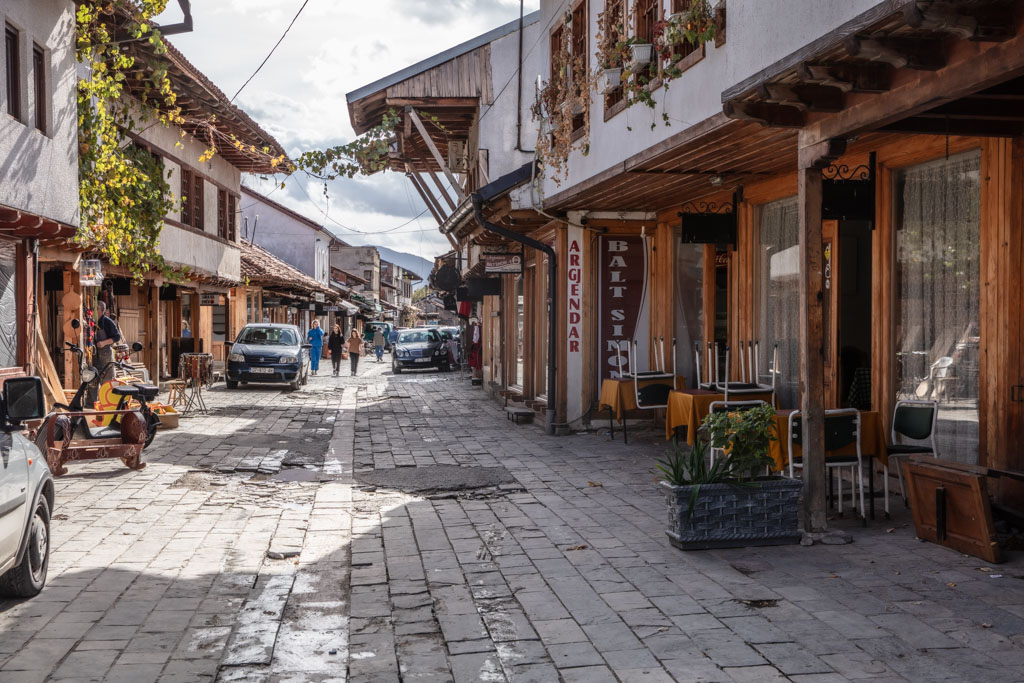
Have Any Questions About Pristina?
Ask in the comments section below.
